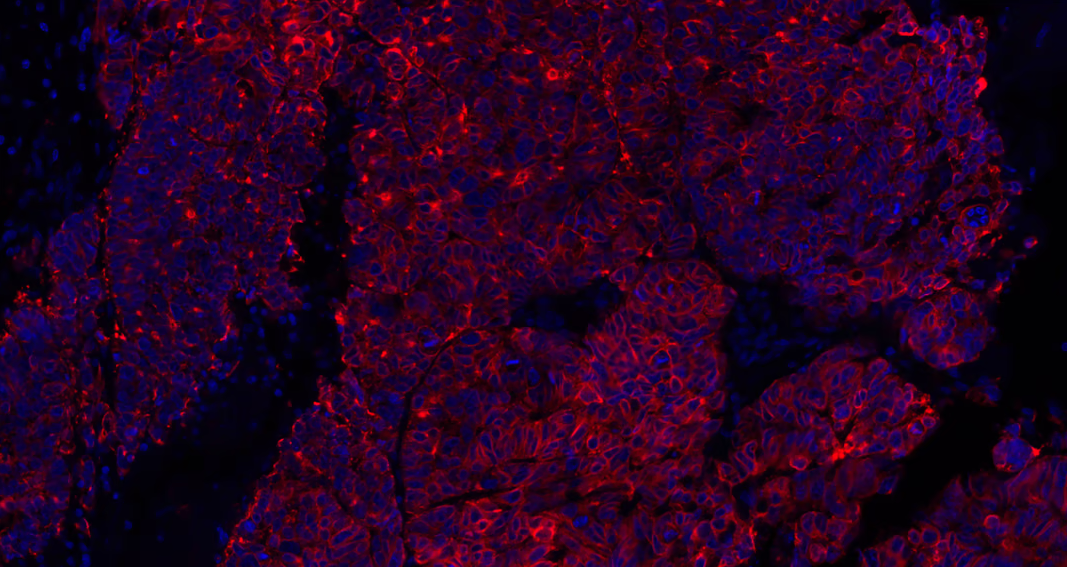The colloidal stability of dispersions can be controlled by electrostatic forces or due to steric interactions between adsorbed polymer layers, where the latter is preferred in high ionic strength solutions. Of particular interest is to be able to control the dispersion stability by using polymers that are responsive to the environmental conditions, such as temperature [1], [2].
For many types of polymer, water becomes a less good solvent with increasing temperature. This is the case, for instance, for polymers like poly(N-isopropylacrylamide) (PNIPAAm) [3], [4], [5], poly(2-isopropyl-2-oxazoline) [6], [7], poly(2-(dimethylamino)ethyl methacrylate [1], poly(ethylene oxide) (PEO) [8], [9], poly(propylene oxide) (PPO) [10], [11], [12], [13], ethyl(hydroxyethyl)cellulose (EHEC) [14], methylcellulose (MC) [15] and hydroxypropylmethylcellulose (HPMC) [16]. The responsive properties of these types of polymers have inspired attempts to use them in controlled delivery applications. For instance, the cellulose ethers have received interest from this perspective [16], [17], even though their main application may be as temperature-responsive viscosity modifiers in e.g. paints.
Surfaces are present in all of the above application areas, and it is thus of high interest to understand adsorption properties as well as interactions between surfaces coated with cellulose ethers, as they approach each other and as they slide past each other. Only a few reports can be found on this topic. The surface forces acting between hydrophilic [18] and hydrophobic surfaces [19], [20] coated with EHEC has been described in a few studies, but to our knowledge no investigation on interactions between surfaces coated with methylcellulose has been reported. Likewise, no report of the nanotribological properties of surfaces coated with cellulose ethers exists.
This study has been initiated to gain better understanding of interactions within and between methylcellulose layers adsorbed to non-polar surfaces. To this end we have used the AFM colloidal probe technique to investigate surface forces and friction forces. Here we aimed at determining if attractive surface forces were observed at the aggregation temperature observed in solution, or if enhanced steric stabilization was facilitated due to preferential orientations of hydrophobic and hydrophilic groups within the layer. A further aim was to elucidate the lubricating ability of the methylcellulose for non-polar surfaces in water, with particular emphasis on temperature effects on the friction force and the load bearing capacity. We have further used AFM PeakForce imaging to elucidate if aggregation occurs within adsorbed methylcellulose layers with increasing temperature.






Leave a comment
This site is protected by hCaptcha and the hCaptcha Privacy Policy and Terms of Service apply.